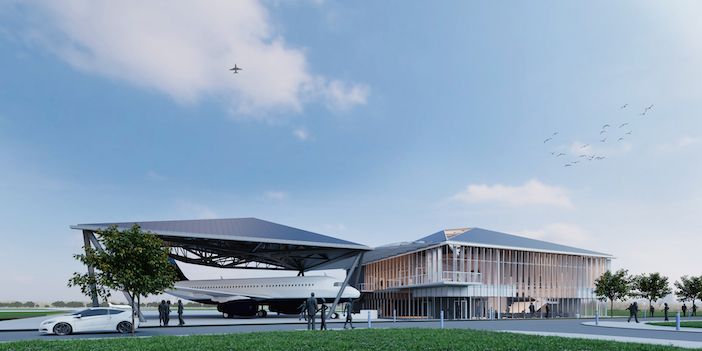by Dr Adrian Cole, programme manager at Cranfield University
The World Economic Forum predicted in 2017 that developments in digital aviation would lead to a US$700 billion saving by 2025. It foresees these savings will be manifested in reduced environmental impacts, higher levels of security, safety and cost savings for customers. The result would be increased profitability for the aviation and travel industry of around US$305 billion, it estimates.
Naturally, no-one involved wants to wed themselves to untested technologies. It may continue to be a boom time in terms of passenger numbers, but profit margins remain tight and the threat of wasted and stranded assets is very real. Aviation is also under huge pressure to adapt its operations to a low carbon future and to increase the use of airspace using Unmanned Aerial Vehicles (UAVs) and personal air mobility concepts.
At Cranfield University we are developing a suite of facilities, programs and research to make the digital revolution viable. At the heart of this is DARTeC, the Digital Aviation Research and Technology Centre, which will open its doors next year. Working alongside Cranfield’s own airport and runway and its new Aerospace Integration Research Centre, DARTeC is already involved with projects that are helping to clarify the vision of what the new aviation ecosystem will look like and what’s involved in making it deliverable in practice.
Research themes include: the enabling of unmanned traffic management, providing a seamless passenger experience, providing next generation aircraft maintenance systems, digital air traffic control and enhancing air traffic connectivity. Ultimately though, DARTeC is about creating impact for passengers, operations and on improving the bottom line of the industry.
One example is how we are looking at eliminating the “triple wait” faced by travellers at airports, while ensuring the highest levels of security. DARTeC will have its own airport check-in gate and make use of sample flows of passengers to form a living laboratory. We will test new wayfinding approaches and interactive digital signage.
Cranfield is also leading work on autonomous maintenance. A health monitoring system for aircraft has already been trialed at the University and is awaiting certification for the additive manufacturing processes that will allow for on-site, immediate repairs.
Meanwhile a 16km “test track in the sky” – the UK’s National Beyond visual line of sight Experimentation Corridor (NBEC) – has been setup. The NBEC is being used to examine the realities of integrating conventional air traffic with new UAV services. It will help develop the regulations, procedures and guidelines for UAVs to enable the delivery of goods, to support police and other emergency service operations, and for the inspection of infrastructure.
Aviation as a whole is under severe stress from demands for new access and flexibility. The sector also needs to make itself more environmentally sustainable in the long-term to avoid legislation. The solutions will only come from an acceleration in creative thinking by all industry organizations. Most importantly of all, the industry needs to think holistically to deliver big strides forward with integrated systems, not piecemeal steps.





